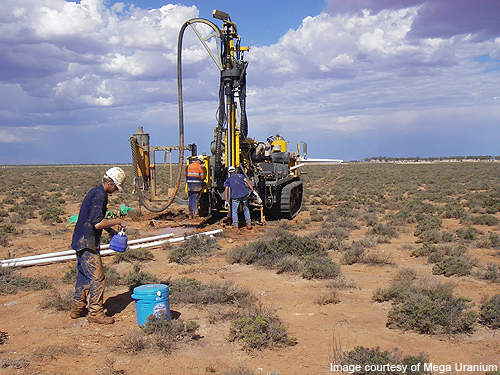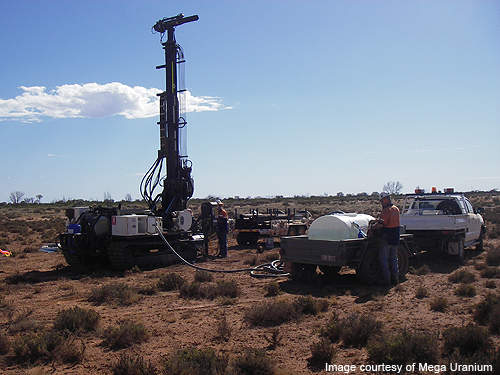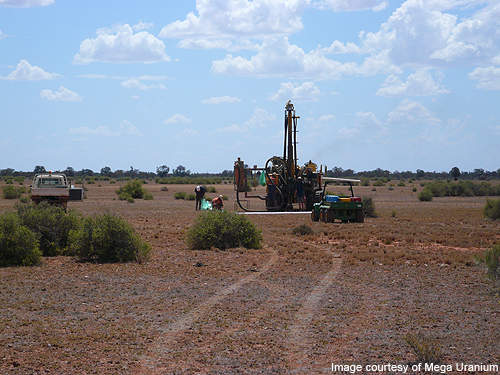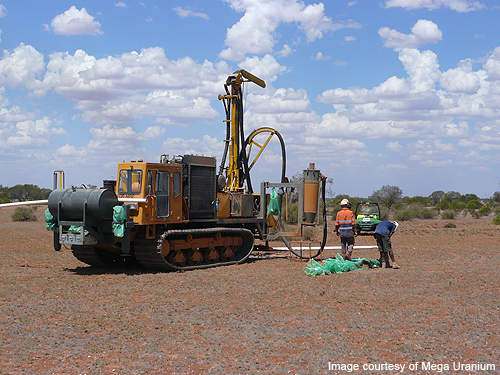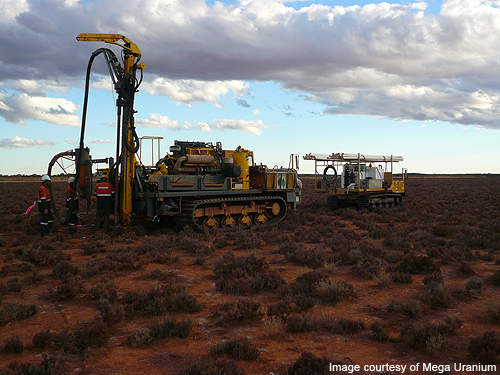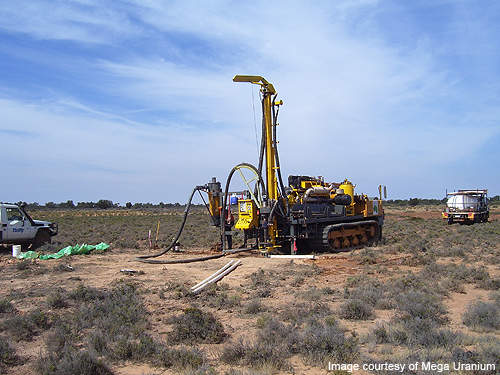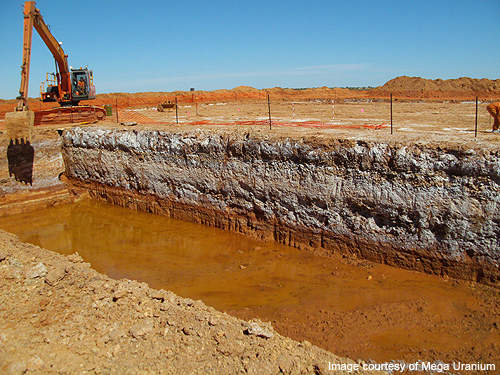The Lake Maitland uranium mine is located in Eastern Goldfields, nearly 95km north east of Leinster and 105km south east of Wiluna. The 8,500ha mine was discovered in 1967 by Asarco Australia.
It was drilled by several companies until being acquired by Mega Uranium from Redport in December 2006.
In February 2011, Mega Uranium announced it was to sell 35% of the project to Japan Australia Uranium Resources Development and ITOCHU in a $49m deal.
The sale was made in order to fund the feasibility study of the mine development.
The feasibility study is currently in progress.
A six week test pit programme to evaluate the mining methods was concluded in 2010.
Besides the mine development, the Lake Maitland Uranium project (LMUP) will involve construction of a processing facility, associated infrastructure and the transport of uranium peroxide concentrate to a uranium export facility.
If developed, the property will be the first uranium mine in Wiluna. Mine construction and pre-mining activities are expected to begin in 2012.
Production is scheduled to start in 2013. The mine will produce 1,000t of uranium peroxide concentrate annually.
Mineral reserves at the Lake Maitland mine
The estimated inferred resources at the mine total 23.7 million pounds (mlbs) of triuranium octoxide (U3O8).
Geology at the 8,500ha site
Lake Maitland is a near surface, crescent-shaped deposit found within the Yandal Greenstone Belt. The belt is characterised by large volume of felsic volcanic and volcaniclastic sedimentary rocks including a massive calc-alkaline volcanic centre.
The deposit occurs within a sequence of sediment and evaporates layers of a playa lake. The layers of basal red-brown silts and sands grade into calcrete that is covered by clays, silts and sand. This entire unit is overlain by a gypsiferous layer.
Mineralisation
Uranium mineralisation is flat-lying, extending 5km in length north-south and 2km in width east-west. Averaging 1.7m in thickness, the mineralisation is calcrete-hosted and underlies nearly 1.5m to 2m of sand, silt and other evaporates.
It occurs as mineral carnotite that is related with calcrete, clay and sandy clay bearing units. Carnotite is largely found within the voids in the calcrete and as disseminations within the sands, silts and clays. A single coherent upper calcrete horizon hosted 2m to 5m below surface hosts bulk of the mineralisation.
Mining
The property will be mined by shallow excavation involving the use of an excavator that will load the extracted ore into 40t haul trucks. No blasting will be required.
Mining will be carried out at multiple pits simultaneously to achieve a consistent grade of ore. The mining rate will be up to 1.2mtpa of run of mine (ROM) ore.
The haul trucks will deliver the ore to the ROM pad at the processing facility. Prior to processing, the ore will be blended with temporarily stockpiled ore.
A shallow groundwater table exists 1m to 2m under surface, overlying the mineralisation. Pit dewatering, wet mining without dewatering or a mix of both, are among the options being considered to manage the pit water.
The overburden removal will be at a nominal rate of 2.2mtpa. It will be stockpiled adjacent to the pits or be used as backfill during rehabilitation.
Processing
The two processing methods under evaluation include the Tank leach with Resin in Pulp method and the Tank leach with Direct Precipitation. Sourcing sufficient quantities of the low chloride water essential in the tank leach with resin in pulp method will be the deciding factor of selecting the processing method.
The tank leach with resin in pulp method will involve conversion of ground ore into slurry.
This will be followed by chloride washing and tank alkaline leaching, resin in pulp adsorption and elution, uranium peroxide precipitation and uranium peroxide drying and packaging.
The tank leach with direct precipitation processing method will typically include ore slurry preparation, tank alkaline leaching and chloride washing, and uranium peroxide precipitation followed by uranium peroxide drying and packaging.
Infrastructure linked to the Australian mine
An access road will be constructed to connect the mine site with the Barwidgee-Yandal Road. An accommodation camp will be constructed to the northwest of the site.
Power will be provided by third party suppliers through an above-ground power transmission line or gas pipeline.

